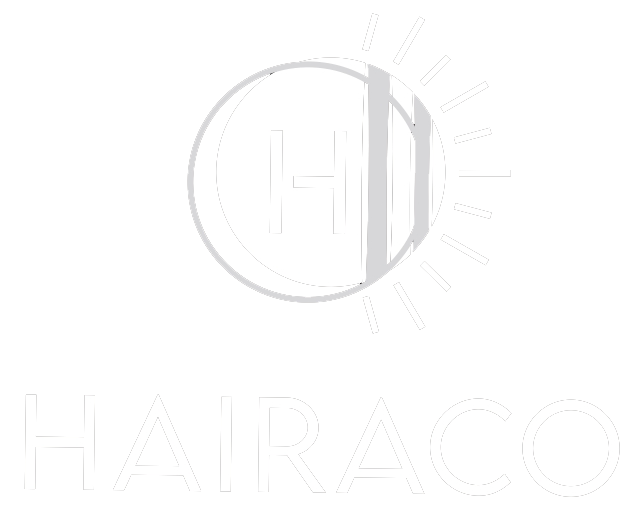Adding lowlights to hair can greatly enhance its dimension and depth, creating a rich and vibrant appearance. Hair coloring boards have become an essential tool in achieving salon-quality results with precision and ease. This guide will walk you through mastering hair coloring boards to perfect your lowlights technique.
The Importance of Lowlights
Lowlights involve adding darker shades to the hair, which contrasts against the base color, providing depth and dimension. They are particularly effective for breaking up harsh color blocks and creating a more natural, sun-kissed look. Whether you’re aiming to soften highlights or add more complexity to a single-tone color, lowlights are a versatile technique that can elevate your hair styling game.
Understanding Hair Coloring Boards
Hair coloring boards, also known as balayage boards or coloring paddles, are flat surfaces usually made of plastic or wood. They provide a sturdy base for applying color, ensuring more accurate placement and saturation of the lowlight dye. The board supports the hair section, allowing for a smoother and more controlled application process.
Choosing the Right Hair Coloring Board
Selecting the proper coloring board is crucial to achieving optimal results. Consider the following factors when choosing your board:
- Material: Plastic boards are lightweight and easy to clean, while wooden boards offer durability and a more substantial feel. Choose based on your comfort and preference.
- Size: Boards come in various sizes. Smaller boards are ideal for shorter hair or detailed work, whereas larger boards are suitable for long hair or covering larger sections.
- Texture: Some boards feature a textured surface to help grip the hair, providing extra stability during application.
Preparing for Application
Proper preparation is key to achieving flawless lowlights:
- Sectioning: Use clips to divide the hair into manageable sections. This not only ensures even application but also helps in isolating strands that need lowlights.
- Mixing the Dye: Prepare the lowlight dye according to the manufacturer’s instructions. Consistency is important; aim for a mixture that is neither too thick nor too runny.
Applying Lowlights with Hair Coloring Boards
Follow these steps for precise lowlight application:
- Position the Board: Place the hair coloring board under the section of hair you’re working on. The board should be close to the scalp for stability.
- Apply the Dye: Using a brush, apply the lowlight dye to the hair on the board. Ensure even coverage by gently stroking the brush from the roots to the tips.
- Blend: For a more natural look, blend the lowlights by softly feathering the color towards the roots. This helps avoid harsh lines and integrates the lowlights seamlessly into the rest of the hair.
- Saturate: Make sure each strand is fully saturated with the dye to prevent patchy or uneven color.
Aftercare and Maintenance
Once the lowlight application is complete, follow these aftercare tips to maintain their vibrancy:
- Rinse Thoroughly: Rinse the hair thoroughly with cool water to remove any excess dye without stripping the color.
- Condition: Use a color-safe conditioner to keep the hair hydrated and to seal the color.
- Avoid Heat: If possible, avoid using heat styling tools immediately after coloring to prolong the life of the lowlights.
Conclusion
Mastering the use of hair coloring boards for lowlights can transform your hairstyling skills, offering clients or yourself beautifully dimensional and rich hair color. By understanding the nuances of the boards, preparing thoroughly, and applying the dye with precision, you can achieve salon-quality lowlights each time. With practice and attention to detail, lowlights will soon become a staple in your coloring repertoire.

